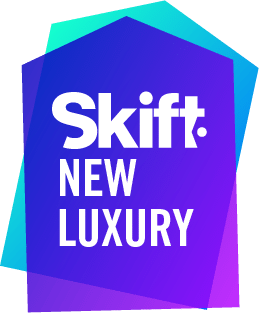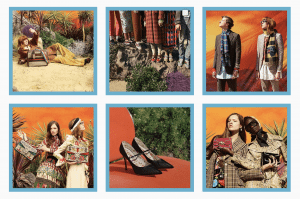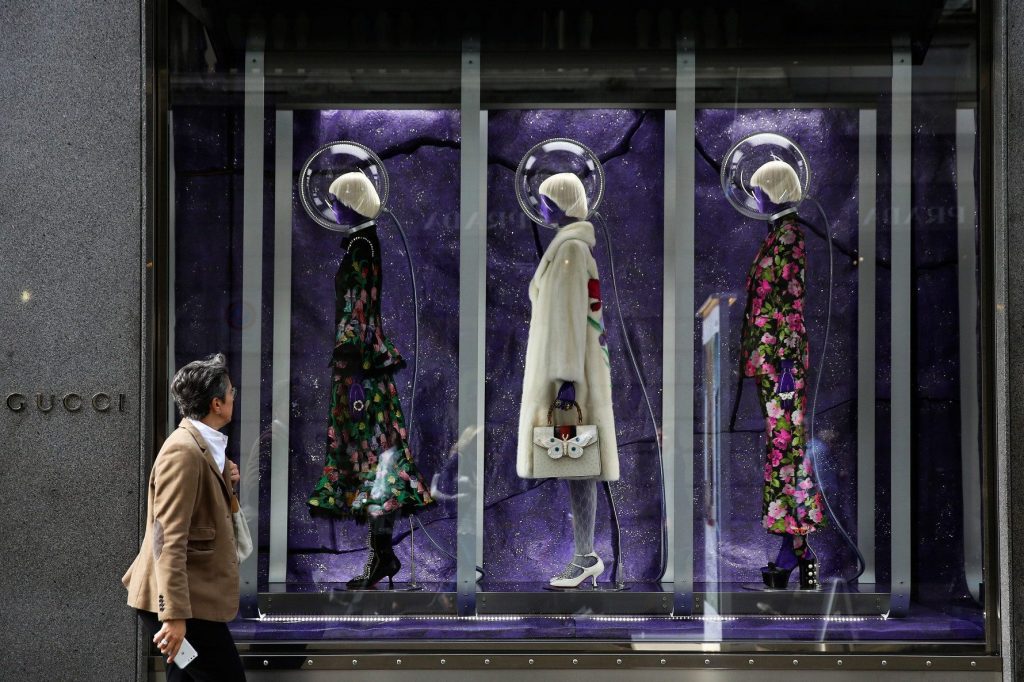Skift Take
There are so many parallels between the luxury fashion and travel industries. Consolidation in both is bringing challenges as well as opportunities.
 The Skift New Luxury newsletter is our weekly newsletter focused on the business of selling luxury travel, the people and companies creating and selling experiences, emerging trends, and the changing consumer habits around the sector.
The Skift New Luxury newsletter is our weekly newsletter focused on the business of selling luxury travel, the people and companies creating and selling experiences, emerging trends, and the changing consumer habits around the sector.
We’ll keep in mind the needs of the specialist travel agents who sell these products as well as the sophisticated consumers who shop for them.
Luxury travel, like fashion, has faced plenty of challenges in adapting to the online environment. This is especially true when it comes to distribution. Where traditional travel agents had to deal with Expedia and Priceline, luxury good retailers are battling the giant that is Amazon.
In fashion, brands used to be able to communicate their values through the shopping experience, but for so many people (we’re looking at you here, millennials) this just isn’t the way they do things anymore.
Consolidation, arguably, makes this task even harder. Having multiple brands in your portfolio lets you take advantage of economies of scale but it can make it harder to differentiate — a problem shared by the Marriott-Starwood merger and French luxury goods conglomerate LVMH.
The challenges faced by both sectors are only going to grow. Are we going to see more mega-mergers or does it make sense for luxury brands to go it alone?
— Patrick Whyte, Europe Editor
7 Looks at Luxury
 What Travel Can Learn From Luxury Fashion’s Digital Trials: Fashion has in many ways been steps ahead of travel when it comes to web design, online engagement and marketing prowess — but there is still so far to go for luxury brands in both industries.
What Travel Can Learn From Luxury Fashion’s Digital Trials: Fashion has in many ways been steps ahead of travel when it comes to web design, online engagement and marketing prowess — but there is still so far to go for luxury brands in both industries.
Luxury Brands Cross Industry Lines for Loyalty Collaborations: The success of all brand partnerships is dependent on a synergistic approach to luxury, whether that be sleek and understated or bold and brash. We expect to see more cross-industry partnerships emerge as brands wrestle for the attention and trust of the new luxury consumer.
Consolidation Is Reshaping the North American Ski Market: Through a new venture with KSL Capital Partners, Aspen Skiing Company (Skico) is broadening its scope far beyond Colorado. But it’s not only about amassing mountains. Skico is concentrating on building a boutique hotel brand, which is raising eyebrows in its newest destination.
Changing Baltimore’s Image, One Luxury Hotel at a Time: For years, Baltimore has been portrayed on television and other media outlets as a city that’s down on its luck. But a close look at what’s happening in terms of investment in the city’s luxury space reveals another side of the story.
Surf Air Positions Itself in Europe for the Brexit Commuter: The rise of the so-called Brexpat, those who will commute from London to jobs in European financial hubs, is is a prime opportunity for Surf Air as it expands in Europe.
Post-Conflict Colombia Opens Up to Luxury Travel Market: Plenty of people were put off visiting Colombia because of its long-running civil war. Now this is over tourism entrepreneurs are hoping to exploit a renewed desire to travel to the country.
Louis Vuitton Luggage Exhibition Details a History of Modern Travel: Fashion-minded travelers and history buffs will no doubt want to flock to New York City to see this exhibit. But we have to wonder: Will there soon be a day when this luxury luggage goes more high-tech, too? Or should classics stay the same?
Subscribe
Skift Europe Editor Patrick Whyte [[email protected]] curates the New Luxury newsletter. The newsletter is emailed every Tuesday.
The Daily Newsletter
Our daily coverage of the global travel industry. Written by editors and analysts from across Skift’s brands.
Have a confidential tip for Skift? Get in touch
Photo credit: A pedestrian looks at the window display at a Gucci store in central Milan, Italy. Luxury travel can still learn a lot from luxury fashion. Stefan Wermuth / Bloomberg
